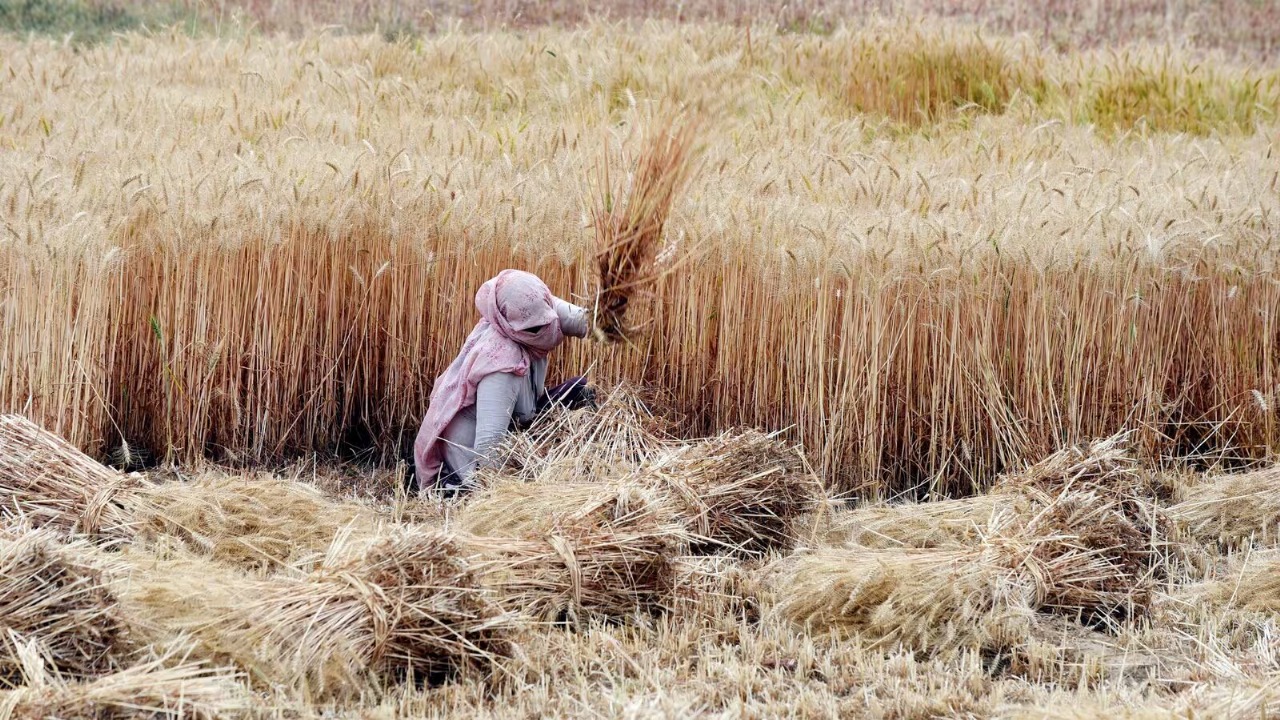
Follow WOWNEWS 24x7 on:

In a decisive measure aimed at strengthening food security and stabilizing wheat prices across the country, the Government of India has revised the wheat stock holding limits for traders, wholesalers, retailers, big chain retailers, and processors. The new stock limits, effective until March 31, 2026, are part of ongoing efforts to prevent hoarding, curb unscrupulous speculation, and maintain ample wheat availability in the market ahead of the upcoming festive season and the financial year end.
Key Highlights of the Revised Wheat Stock Limits
Traders and wholesalers are now permitted to hold a maximum wheat stock of 2,000 metric tonnes (MT), down from the earlier limit of 3,000 MT.
Retailers are allowed up to 8 MT of wheat stock per retail outlet, reduced from 10 MT, reflecting tightened inventory controls at the grassroots level.
Big chain retailers can hold up to 8 MT for each retail outlet, with a maximum stock equal to 8 times the total number of outlets combined, down from the previous limit of 10 MT per outlet.
Processors’ stock limits have been adjusted to 60% of their Monthly Installed Capacity (MIC) multiplied by the remaining months of the financial year 2025-26, a revision from the earlier 70%.
All wheat stocking entities are required to declare and update their stock positions weekly every Friday on the government’s dedicated wheat stock portal to ensure transparency and effective monitoring.
Government’s Strategic Focus on Food Security and Price Control
The revised stock limits are part of the Removal of Licensing Requirements, Stock Limits and Movement Restrictions on Specified Foodstuffs (Amendment) Order, 2025, issued to all states and union territories.
The government continues to monitor stock positions closely and enforce compliance under the Essential Commodities Act, 1955, with penalties for violations including hoarding or non-registration on the stock portal.
This policy intervention aims to temper market speculation and artificial scarcity while assuring consumers of wheat availability at reasonable prices.
The government recorded a robust wheat production of approximately 1175.07 lakh metric tonnes (LMT) during the crop year 2024-25, underscoring sufficient supply in the country.
Procurement through State Agencies and Food Corporation of India (FCI) in the ongoing marketing season has reached about 300.35 LMT, ensuring adequate stock for public distribution and open market sale programs.
Detailed Overview of Stock Limits by Entity
Traders/Wholesalers: The reduction in holding capacity to 2,000 MT from 3,000 MT is designed to discourage excessive accumulation that could disrupt market fairness.
Retailers: The 8 MT cap per retail outlet promotes more efficient inventory management at the last mile, preventing undue stock piling that could hurt price stability.
Big Chain Retailers: The aggregate stock limit based on the number of outlets safeguards against concentration of wheat stock in a few hands, enhancing equitable distribution.
Processors: Adjusting processor limits to 60% MIC ensures sufficient raw material availability for processing units while preventing excess stock buildup that can affect market supply circulation.
Enforcement Measures and Compliance Protocols
Entities must register on the wheat stock portal (https://foodstock.dfpd.gov.in) and submit accurate stock data weekly, facilitating real-time government oversight.
Violations including non-registration or stock limit breaches invoke penal actions as per sections 6 and 7 of the Essential Commodities Act, 1955.
Entities exceeding prescribed stock limits have 15 days from notification issuance to scale down stocks to permissible levels.
Central and State government officials maintain strict surveillance to prevent artificial shortages and sudden price spikes, ensuring market stability.
Market Implications and Future Outlook
The revised limits come at a critical juncture when wheat prices remain pressured by global geopolitical events and domestic market dynamics.
The policy is expected to moderate wheat price volatility during festive and sowing seasons, reassuring consumers and stakeholders.
Enhanced transparency and compliance measures support India’s broader food security framework and grain market stability objectives.
The government’s proactive interventions demonstrate a commitment to balancing farmer interests, consumer welfare, and trade fairness in agricultural commodities.
Conclusion: A Step Towards Sustainable Wheat Market Stability
The Government of India’s revision of wheat stock limits to 2,000 MT for traders/wholesalers and adjusted caps for other stakeholders till March 31, 2026, reflects a calibrated approach to safeguarding food security and controlling prices amid ample production. By enforcing these well-monitored restrictions and mandating transparency through stock portals, the government strives to prevent hoarding, curb speculation, and ensure an equitable and stable wheat supply to all citizens.
Sources: Press Information Bureau (PIB), Department of Food & Public Distribution, Economic Times, FNB News, Tribune India


